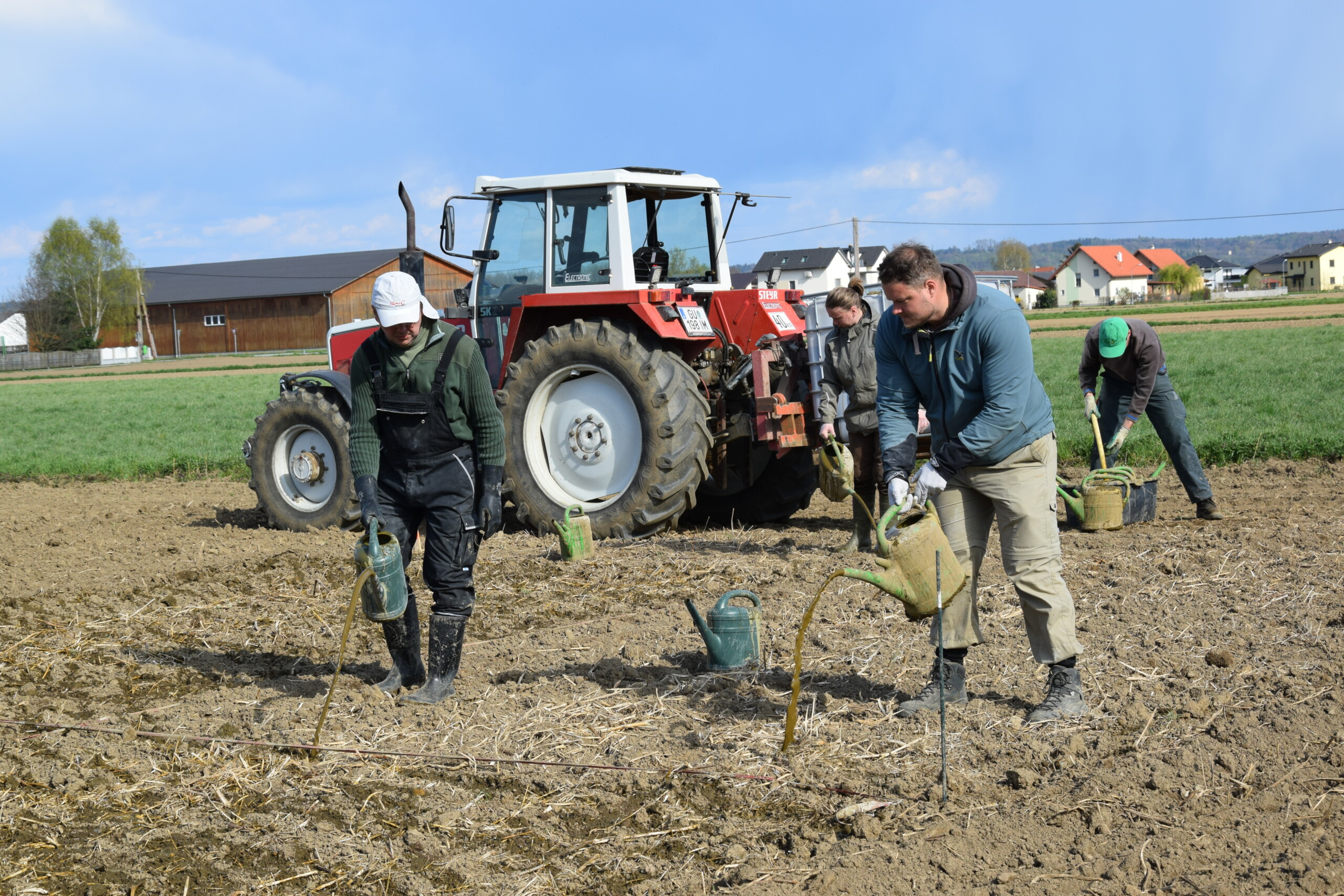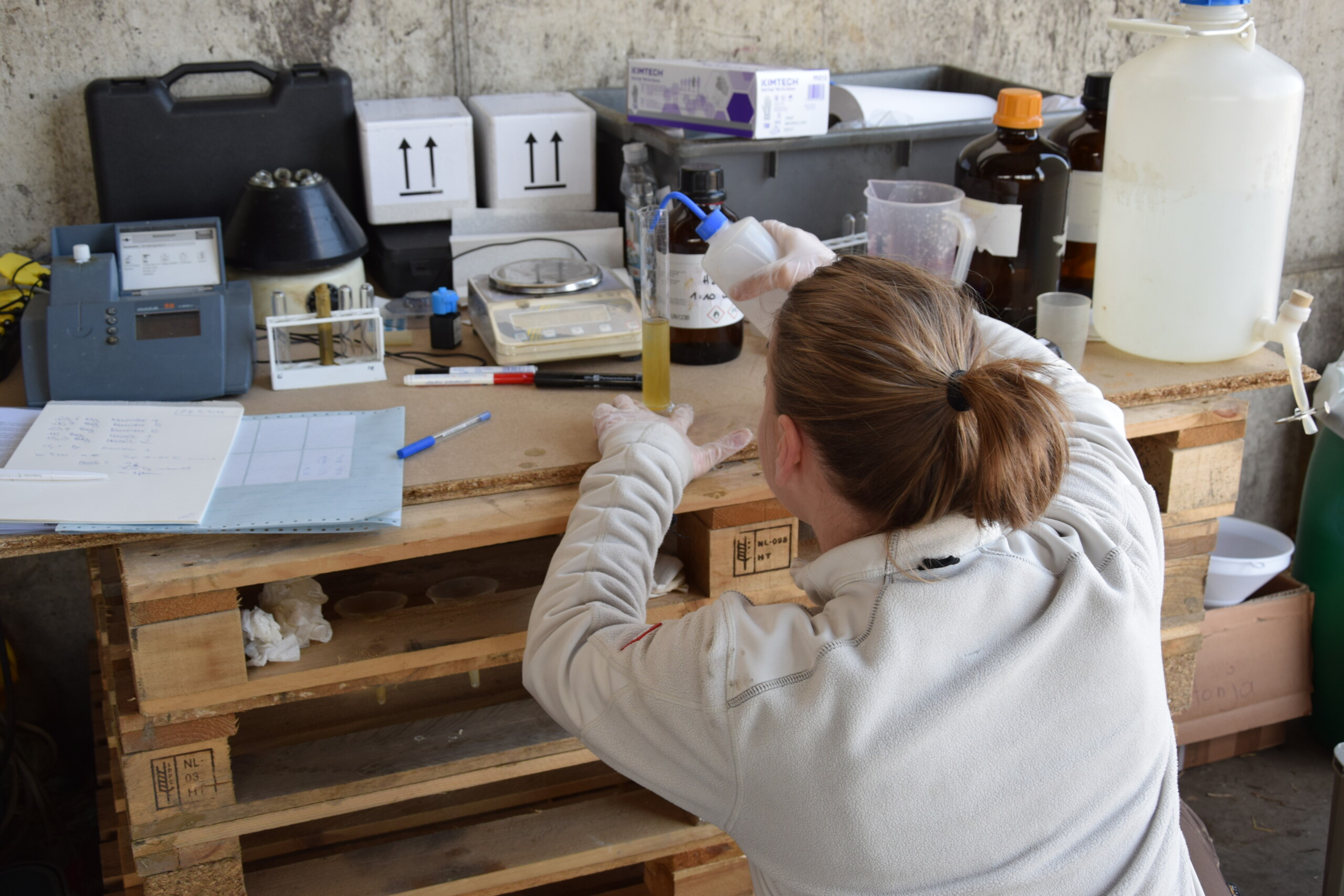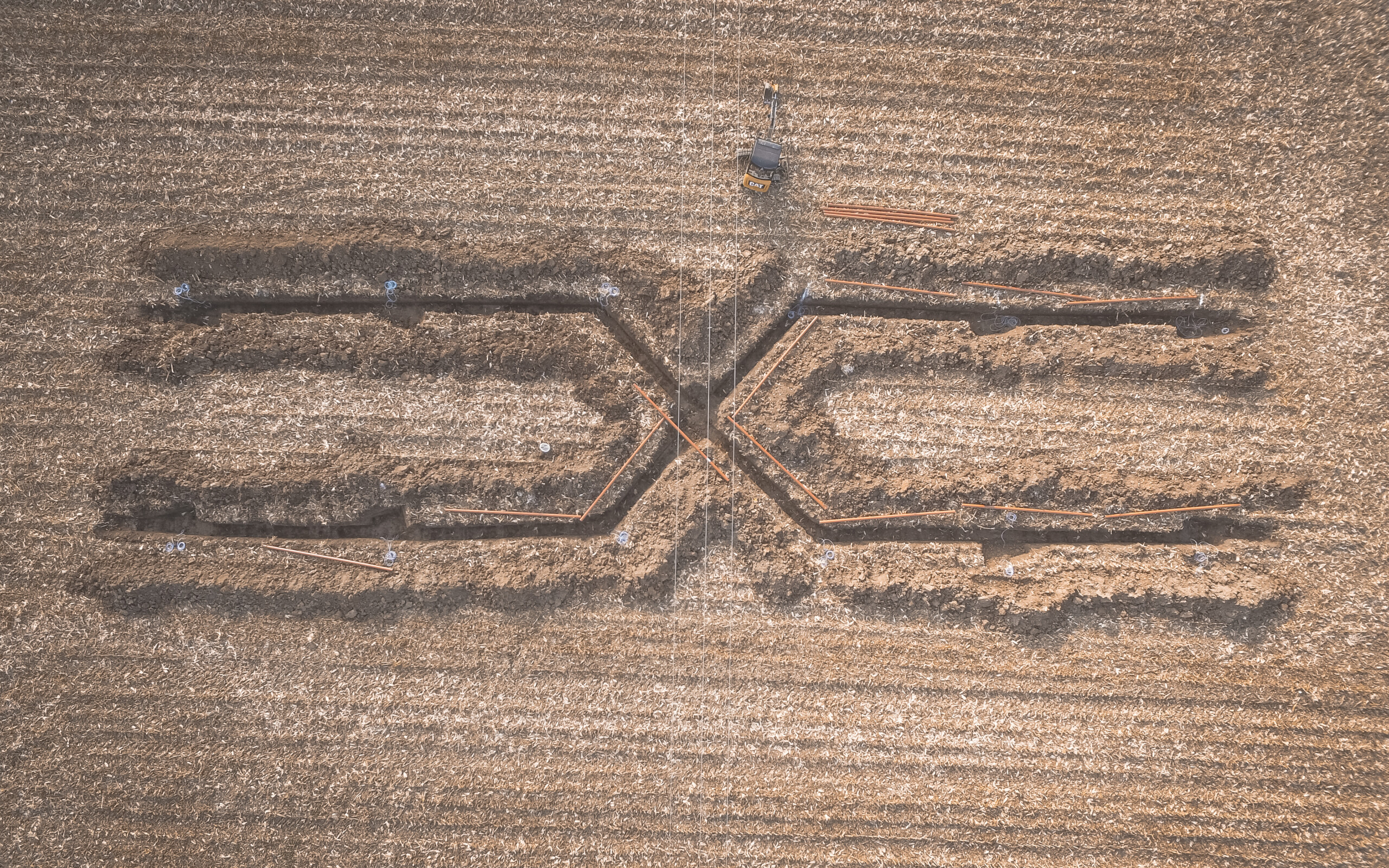What was the challenge/ problem addressed?
The increasing environmental protection requirements that farmers have to meet need solutions that go beyond the previous measure. When the slurry is spread under less than ideal conditions, high amounts of nutrients are sometimes lost either into the air or into the groundwater. In order to counteract the pollution of groundwater and the environment, legislators are imposing ever-stricter requirements with regard to fertiliser ceilings and permitted application periods. Especially livestock farmers are facing increasing challenges due to the constant changes and tightening of the framework conditions. One particular challenge is the reduction of ammonia emissions to meet the NEC Directive. As things stand and with the measures installed to date, it will be difficult to comply with the required limit values of the NEC Directive. In addition, the social compatibility of manure management must be improved by avoiding unpleasant odors. The EIP project Ammosafe, which is funded by the federal government, the states, and the European Union and supported by innovative farmers, could be forward-looking in this context.
How did you solve the problem?
With the help of a mobile treatment plant, the easily soluble ammonium nitrogen can be removed from the slurry. This helps to reduce emissions and improve nutrient efficiency on farms. After treatment, the slurry contains almost only organically bound and thus slowly available nitrogen. This should significantly reduce nitrogen as well as odor emissions during spreading. The expected reduction of nitrogen inputs into the groundwater is also already indicated in the fertilisation trials. The nitrogen removed can be stored in a very concentrated form and applied to the crop at the time of highest fertiliser demand. The following is the process diagram of the treatment plant:
In the first step, the slurry is separated by a screw press. This creates a liquid and a solid phase. The liquid phase is pumped further into the mobile treatment plant. Here it is heated to 60 °C and mixed with lime at the same time. This raises the pH value to at least 12 and the easily soluble ammonium nitrogen dissolves out of the slurry in the form of ammonia gas. The gas is treated (stripped) with sulphuric acid in a final process and the nitrogen is bound as ammonium sulphate.
What are the success factors in solving the problem?
The upscaling of the technical process to an operational pilot plant was successfully implemented. The first two slurry treatment runs in 2019 and 2020 were very promising, and an ammonium nitrogen removal rate of over 90 % was already achieved. In the third run in April 2021, the results could even be improved. The throughput and, above all, the costs incurred will be decisive for the large-scale use of the pilot plant. Economic feasibility calculations are being carried out as part of the project. It is also important to confirm the expected reduction of nitrogen inputs into the groundwater. This is to be confirmed by appropriate fertilisation trials in the field and monitoring of the leachates by suction core systems and soil moisture sensors
Unexpected fails, if any
Since a new technical prototype was developed and built as part of the project, there were of course some so-called teething problems at the beginning. The biggest problem that occurred during the first start-up at the farm was the settling of a lime-slurry mixture at the bottom of the feed tank. To avoid this, the lime had to be slaked manually beforehand. In addition, the pH value of the slurry should be raised more quickly. Of course, other weak points (such as a non-sealed acid circuit, a defective pump in the heating circuit, a defective nozzle in the scraper circuit, etc.) occurred in the pilot plant during the first trial run, but these were improved using a catalog of measures. In general, the plant was technically improved after each treatment run.
Lessons learned
During the project period so far, we have of course been able to gain a lot of experience in various areas of the project. Be it in project management, in the installation and operation of the suction candle system, in the installation of soil moisture sensors, or also in manual fertilisation, both with mineral fertiliser and with slurry. However, we were able to gain the most experience in the technical implementation of our pilot plant and especially in the behaviour of liquid manure during processing. This has again made us aware of how different and inhomogeneous slurry is and that there is still a lot to do in this field. Our experience with the plant has shown us that there is still room for improvement in terms of process technology. The profitability analysis is currently underway and will provide us with important information on the costs. The whole process stands and falls with the costs.
What role does the advisor or advisory service play within the practical case?
The Styrian Chamber of Agriculture, as the main provider of advisory services, plays a very important role in the project. The Styrian Chamber of Agriculture is the lead partner of the project and thus the planning, application, project management, reporting, pre-financing, and accounting run through us. The farmers came to us with the ever-increasing problems of manure spreading and therefore we initiated the project with the farmers concerned. This again shows how important contact and trust between advisor and farmer is. Moreover, the Styrian Chamber of Agriculture has been an experienced trial organiser for decades and has the necessary contacts to reliable trial farmers. The role of the Styrian Chamber of Agriculture after the end of the project will also be very important in order to disseminate the results as widely as possible, both nationally and internationally.
Can your approach be transferred and/or adapted for other innovation challenges and regions?
Yes
Estimated transferability on a scale from 1 to 5
(where 1 is easy and 5 very difficult)
1
For sharing the experience on the good practice, please contact Christian Werni, Bakk. rer. nat., MSc Landeskammer für Land und Forstwirtschaft in Steiermark Chamber of agriculture and forestry in Styria (christian.werni[at]lk-stmk.at, Tel.: +43 664 602596 1315)




